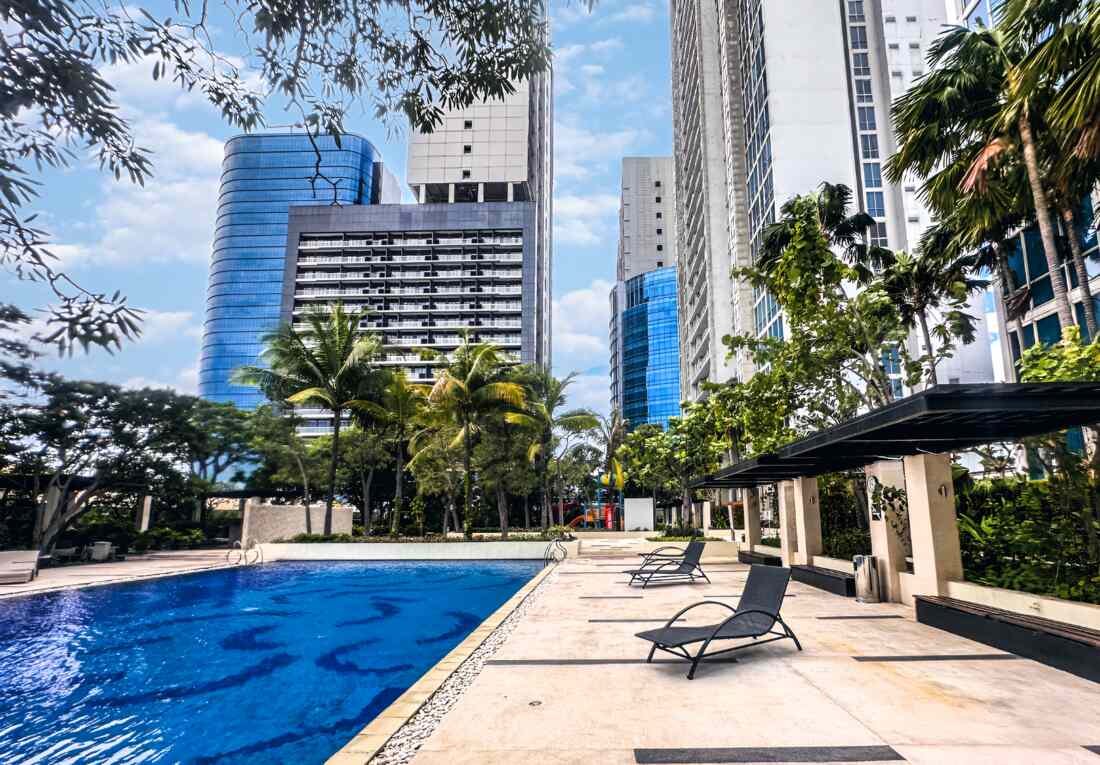Hotel Revenue Management: The Ultimate Guide to Boost Profits

Mastering the Art of Hotel Revenue Management: Maximize Profits in Hospitality
Welcome to the world of hotel revenue management and hospitality revenue optimization, where key metrics like ADR, occupancy rate, and RevPAR play a pivotal role in maximizing profitability and ensuring operational success.
What is Revenue Management?
Revenue management is a strategic approach to maximizing a hotel’s total revenue by optimizing pricing, inventory (rooms), and distribution channels. It involves analyzing market demand, competitor pricing, and historical data to make informed decisions about room rates and availability.
Key Formulas in Revenue Management:
Average Daily Rate (ADR):
ADR is Total room revenue divided by the number of rooms sold on a given day.
Formula: ADR = Total Room Revenue / Number of Rooms Sold
Example Calculation:
Let’s say your hotel has 100 rooms available and sells 80 rooms at an average price of $120 per night:
Total Room Revenue = $80 rooms * $120/room = $9,600
ADR = $9,600 / 80 rooms = $120 per night
Interpretation: The average guest paid $120 per night on this particular day.
Occupancy Rate:
“OR” is the percentage of rooms sold compared to the total number of rooms available on a given day.
Formula: Occupancy Rate = (Number of Rooms Sold / Total Number of Rooms Available) x 100
Example Calculation:
Using the same scenario from the ADR example:
Occupancy Rate = (80 rooms sold / 100 rooms available) x 100 = 80%
Interpretation: The hotel filled 80% of its capacity on this day.
Revenue Per Available Room (RevPAR):
RevPar combines ADR and occupancy rate to measure the hotel’s overall revenue generation per available room.
Formula: RevPAR = ADR x Occupancy Rate
Example Calculation:
Using the ADR and Occupancy Rate from above:
RevPAR = $120 ADR x 80% Occupancy Rate = $96 per room
Interpretation: The hotel earned an average of $96 for each room available on this day, even if some rooms remained unsold.
Average Length of Stay (ALOS):
This metric reflects the average number of nights a guest stays at your hotel.
Formula: ALOS = Total Room Nights Sold / Number of Guests
Example Calculation:
Imagine your hotel sold 160 room nights for the week (7 days) with 50 guests checking in:
ALOS = 160 room nights / 50 guests = 3.2 nights
Interpretation: The average guest stayed for 3.2 nights during this period.
How to improve hotel ADR, OR, RevPAR, ALOS, TrevPAR, MPI, RGI, Capture Rate
TrevPAR (Total Revenue Per Available Room):
This metric broadens the scope beyond room revenue to include all revenue streams per available room.
Formula: TrevPAR = Total Hotel Revenue / Number of Rooms Available
Example Calculation:
Suppose your hotel earned $12,000 in total revenue (including room service, spa, and other services) on the day with 100 available rooms:
TrevPAR = $12,000 Total Revenue / 100 Rooms Available = $120 per room
Interpretation: This considers all revenue sources, providing a more comprehensive picture of your hotel’s overall performance.
Market Penetration Index (MPI):
This metric indicates your hotel’s room sales volume compared to the total market.
Formula: MPI = (Hotel Rooms Sold / Total Market Rooms Sold) x 100
Example:
Your hotel sells 100 rooms on a specific day.
The total market for that day is 1,000 rooms sold across all hotels in your area.
Calculation: MPI = (100 rooms / 1,000 rooms) x 100 = 10%
Interpretation: Your hotel captured 10% of the total market share for rooms sold on that day.
Revenue Generation Index (RGI):
This metric shows your hotel’s revenue generation compared to the average revenue per available room (RevPAR) in the market.
Formula: RGI = (Hotel RevPAR / Market RevPAR) x 100
Example:
Your hotel’s RevPAR for a specific day is $80.
The average market RevPAR for that day is $75.
Calculation: RGI = ($80 RevPAR / $75 Market RevPAR) x 100 = 106.67%
Interpretation: Your hotel generated revenue at a rate 6.67% higher than the average market RevPAR, indicating a competitive advantage.
Capture Rate:
This metric reflects the percentage of potential revenue captured by your hotel, considering both occupancy and pricing strategies.
Formula: Capture Rate = (ADR / Maximum Achievable Rate) x Occupancy Rate x 100
Example:
Your hotel’s ADR for a specific day is $100.
Based on market analysis, the maximum achievable rate is $120 for that day.
Your occupancy rate is 80%.
Calculation: Capture Rate = ($100 ADR / $120 Max Rate) x 80% x 100 = 66.67%
Interpretation: Your hotel captured 66.67% of the potential revenue available on that day, indicating there might be room for price optimization.
By understanding and utilizing these formulas, revenue managers can make data-driven decisions to:
- Optimize pricing: adjust room rates based on demand to maximize revenue.
- Manage inventory: allocate rooms strategically to different channels (direct bookings, online travel agencies) to ensure optimal occupancy.
- Control distribution costs: evaluate the effectiveness of different distribution channels to ensure a healthy return on investment.
- These additional formulas (MPI, RGI, capture rate, provide a more in-depth analysis of your hotel’s performance within the market. By combining them with the core formulas like ADR, RevPAR, and ALOS, you can gain valuable insights to make data-driven decisions and maximize your hotel’s profitability.
By implementing effective hotel revenue management practices, your business can achieve higher profitability and stay competitive in the ever-evolving hospitality industry.
Photo powered by Midjourney





